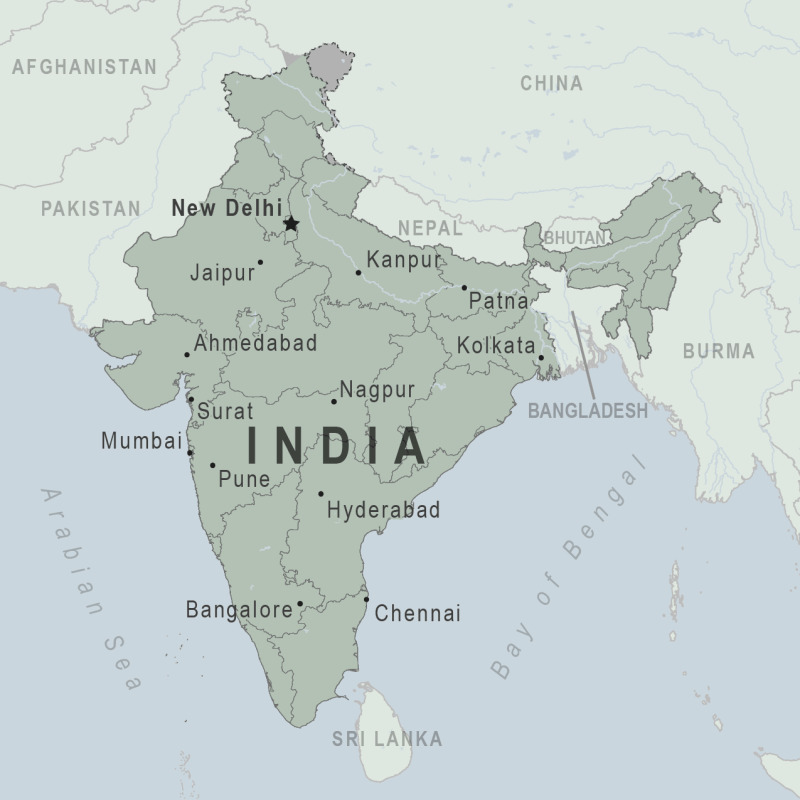
“personalized Medicine And Insurance: Tailored Healthcare Coverage In Europe” – Association between miRNA profiles and gene mutations in non-smoking lung cancer. Appropriateness of individual lung cancer screening and treatment
Open access policy Institute open access program, special issues, guidelines, editorial process Research and publication ethics Article processing costs, awards, testimonials
“personalized Medicine And Insurance: Tailored Healthcare Coverage In Europe”

All articles published by the publisher are made immediately available worldwide under an open access license. No special permission is required for the reuse of articles published in whole or in part by the author, including images and tables. For articles published under the open Creative Common CC BY license, any part of the article may be reused without permission. Provided the original article is clearly cited. See https:///openaccess for more information.
Ophthalmic Drugs And Devices Market Companies, Trends, Growth Factors And Global Market Overlook During Forecast Period
The reports represent the most cutting-edge research and have great potential to make a major impact in the field. The documentation should be a comprehensive original article covering a number of techniques or approaches. Provides an overview of future research directions. and explain possible research applications.
Handouts are sent by invitation or personal recommendation of the scientific editor. and should receive positive feedback from reviewers.
The editorial staff’s articles are recommended by scientific editors of journals around the world. The editors select a small number of recently published articles. It is in a magazine that they think will be of particular interest to readers. or is important in the relevant research area. The aim is to provide an overview of the most exciting works published in the different research areas of the journal.
By Deborah Traversi Deborah Traversi Scilit Preprints.org Google Scholar 1, * , Alessandra Pulliero Alessandra Pulliero Scilit Preprints.org Google Scholar 2 , Alberto Izzotti Alberto Izzotti Scilit Preprints.org Google Scholar 3, 4 , Elena Franchitti S.org Google Scholar 1 , Licia Iacoviello Licia Iacoviello Scilit Preprints.org Google Scholar 5, 6 , Francesco Gianfagna Francesco Gianfagna Scilit Preprints.org Google Scholar 5, 7 , Alessandro Gialluisi Alessandro Gialluisi Scilit Preprints.org Google, Benzi Izlar Preprints. org Google Scholar 6 , Antonella Agodi Antonella Agodi Scilit Preprints.org Google Scholar 8, Martina Barchitta Martina Barchitta Scilit Preprints.org Google Scholar 8 , Giovanna Elisa Calabrò Giovanna Elisa Calabrò Scilit Preprints.org, I Scholar Ho9x, Google I Scholar Ho9cil org Google Scholar 9, Michele Sassano Michele Sassano Scilit Preprints.org Google Scholar 9, Luca Gino Sbrogiò Luca Gino Sbrogiò Scilit Preprints.org Google Scholar 10, Annamaria Del Sole Annamaria Del Sole Scilit Preprints.org 11ori France Scholar Marchcoi 11. France Scoiri Marchit Preprints. org Google Scholar 12 , Erica Pitini Erica Pitini Scilit Preprints.org Google Scholar 13 , Giuseppe Migliara Giuseppe Migliara Scilit Preprints.org Google Scholar 13 , Carolina Marzuillo Carolina Marzuillo Scilit Preprints.org Google Corradoto Scilit , Corradoto Decilit Preprints.org Google Scholar 13 , Manuela Tamburro Manuela Tamburro Scilit Preprints.org Google Scholar 14 , Michela Lucia Sammarco Michela Lucia Sammarco Scilit Preprints.org Google Scholar 14 , Giancarlo Ripabelli Giancarlo Ripabelli Scilit Paolori Villari Paolori 14 S Villari Paolori Preprints.org Google Scholar 13 and Stefania Boccia Stefania Boccia Scilit Preprints.org Google Scholar 9, 15 Add Show all authors Remove Hide all authors
The Precision Medicine Forecasting For Oncology Trials & Therapies
Research Center for Epidemiology and Preventive Medicine (EPIMED), Department of Medicine and Surgery, University of Insubria, 21100 Varese, Italy.
Department of Hygiene University Department of Life Sciences and Public Health Università Cattolica del Sacro Cuore, 00168 Roma, Italy
Department of Women’s and Children’s Health and Public Health – Department of Public Health, Fondazione Policlinico Universitario A. Gemelli IRCCS, 00168 Roma, Italy.

Received: December 18, 2020 / Revised: February 11, 2021 / Accepted: February 14, 2021 / Published: February 16, 2021
Role Of Personalization In The Care Journey
The development of high-throughput omics technologies represents an untapped opportunity for evidence-based prevention of adverse effects on human health, mainly due to rapidly growing knowledge, high skills and economic investments. The field of human genetics and public health has highlighted the relevance of a national implementation strategy in Italy. including integration into sanitary regulations and regulatory instruments. this review discusses the emerging field of genomics in public health. Including the polygenic estimation method. Epigenetic tuning in nutritional genetics and the influence of the microbiome. The status of the Italian activities is also outlined. Omics is important for the prevention of both infectious and non-communicable diseases. Especially since it can be used to assess health status throughout life. Effective improvement in public health is possible when Omics tools are used for every person. After an initial assessment of its effectiveness in the medium and long term
Public health Genomics Genetic diversity Epigenetic tuning miRNA; Genetic markers and the microbiome Health technology assessment of early disease prevention
In recent years, statistical genetics and bioinformatics have made progress in predicting the risk of complex disorders, such as multiple genetic and environmental disorders [1]. Genomic markers have shown relatively high predictive ability. And promising results are coming from other omics, such as epigenomics, transcriptomics, proteomics and metabolomics. The potential for interaction between biomarkers and environmental data gives us hope in the search for new, cost-effective and clinically useful risk assessment tools for NCDs [2].
Genetic susceptibility and environmental influences alone are not sufficient to explain the pathogenesis of non-communicable diseases. Instead, they should be combined with more complex situations in which pathological phenotypes may be displayed. Epigenetics is an important part of this situation. Because its variation is linked to specific exposures, it can potentially highlight environmental effects on the genome [3].
What Is Precision Health?
Scientific evidence has shown that a healthy diet extends life and helps prevent many diseases. Although knowledge about the relationship between food components and diseases has been growing exponentially in recent decades. However, the biological mechanisms underlying these effects are not yet well understood. [4] Nutritional epidemiology is an important contribution to modern public health research. and promotes well-being and longevity. especially Researchers investigated whether the most important social and behavioral factors associated with a healthy diet, such as the Mediterranean diet, are associated with a healthy diet. It can be useful to understand and combat the global transition from unhealthy patterns. Promoting health and a better quality of life, especially in women of childbearing age [5, 6].
Another determinant of emerging health is the state of the microbiome. The human microbiome consists of a complex ecosystem of microorganisms that live in the human body. Most of the microbial population resides in the intestines [7]. The ratio of the number of bacteria to the human host gene is approximately 200:1, and such evidence can have a strong influence on the host phenotype. It plays an important role in the physiology of the host. [8] The gut microbiota influences the development of adaptive phenotypic plasticity in mammalian species by amplifying signals from the external environment. Especially during postnatal development. Such Omics tools thus become a key element in population risk stratification for high-incidence diseases.
With the increasing development of genetic testing, risk-benefit analysis has become critical for the appropriate translation of genetic test results into clinical practice. Especially in the context of the COVID-19 pandemic [9], the importance of a good evaluation strategy for these types of technologies has been recognized across Europe and the world [10, 11, 12].

In this review Provides an overview of the public health implications. Emphasis is placed on the Italian context. Increasing knowledge about omics was discussed among health professionals and citizens. including positions from various regional departments
Precision Medicine Infographic
In recent decades, genome-wide association scans (GWAS) have been used to identify the genetic basis of chronic diseases. It shows the effect of several common genetic variants on risk. These conditions include (but are not limited to) cardiovascular disease (CVD) [13, 14], cancer [15] and metabolic syndrome [16], neurodegeneration [17], and neuropsychiatric disorders. 18] Despite the high heritability observed in these chronic diseases, the identified genetic variation explains a small portion of the disease variability. waiting for new and broader studies. Being able to analyze rare variants and their interactions with a large number of genes with machine learning algorithms. Many studies have analyzed the potential clinical utility of available variables in disease risk assessment.
Because these variables tend to show small effect sizes. That is why they are usually combined into a polygenic score (PGS), also called a polygenic risk score. When dealing with diseases [19] they are defined as quantitative factors that reflect the genetic influence of several common genetic variants on a single trait or disease. PGS is usually calculated as the sum of alleles. The risks for each individual are weighted based on the effect size of the risk allele. As assessed by learning independent GWAS based on phenotype (i.e. beta or log (odds ratio), depending on the phenotype tested). Indeed, PGS represents an estimate of an individual’s genetic susceptibility to traits/diseases and is calculated based on these genetic traits. It uses data from an independent GWAS as a training model.20 Because of this structure, some PGSs are able to explain relatively large variance in continuous traits such as height, with PGS explaining ~24% of the population.
United healthcare medicine coverage, healthcare and medicine, genomics and personalized medicine, medicine in europe, pharmacogenomics and personalized medicine, ai in medicine and healthcare, healthcare insurance coverage, personalized medicine in oncology, partners healthcare personalized medicine, personalized medicine in cancer, study medicine in europe, ai in personalized medicine





